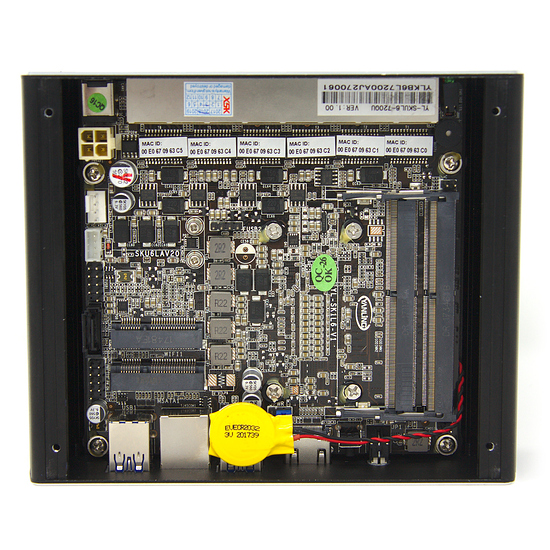We’re setting up a new small office space for digital art creation (photos, video, 3D). We will probably have up to three computers to start with and possibly grow from there. I’m in the process of building a new server that will run VM’s for NAS (NFS), plus other things like Asterisk, Cyrus IMAP, etc.
We just got fiber internet installed, and I would like to setup web server VM’s on that server as well, and move our “less critical” websites off of paid hosting.
We’re also going to upgrade to 10gbe for the workstations. The server motherboard already has it.
We may do live streams at some point out of here as well.
That’s the background.
**What I’m looking for here are recommendations for hardware that use low amounts of power (electricity), but is sufficiently powerful enough (CPU+I/O) to run a router/firewall that everything on the network will pass through. **
This machine is just for the router/firewall. I will have a separate switch, and the server is separate. We will probably run pfsense.
I want to pay as little as possible for electricity, but not have it become a bottleneck by being too slow.
I have old motherboards and CPU guts laying around that I could use. Or I could get something old and used (like a Dell 410), or I could build something new like a Raspberry PI (or similar).
What I have around are AMD FX, Athelon, and Phenom II guts.
I’m not familiar with all the options out there for low power draw computer parts, and some of the posts/videos I’ve found from 4 years ago use parts that are no longer available.
What’s a good choice of board/CPU/case/PSU for a network appliance?
It really only needs two 1gigabit ports (LAN+WAN), a USB for mouse and keyboard, basic on-board graphics (for installation). A single on-board SSD is probably fine, or even a SATA dom. Again, this is just for the router/firewall. It needs to be fast enough to run the routing software and pass traffic at the full speed of the interfaces (no CPU bottle-necking).
Max Budget: At least $1 less than the cost of buying a commercial solution that meets our needs.
OR: I estimate that an old Phenom build would use about $10/mo electricity, so assuming a five year service life, that would be $600 in power. Can we get something that uses $1/mo electricity for less than $540? ($600-$60=$540 in power savings).


